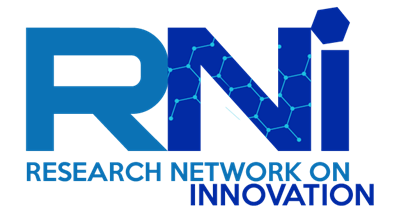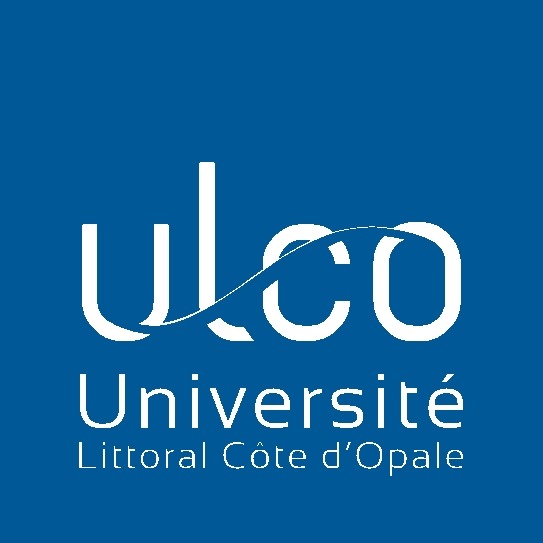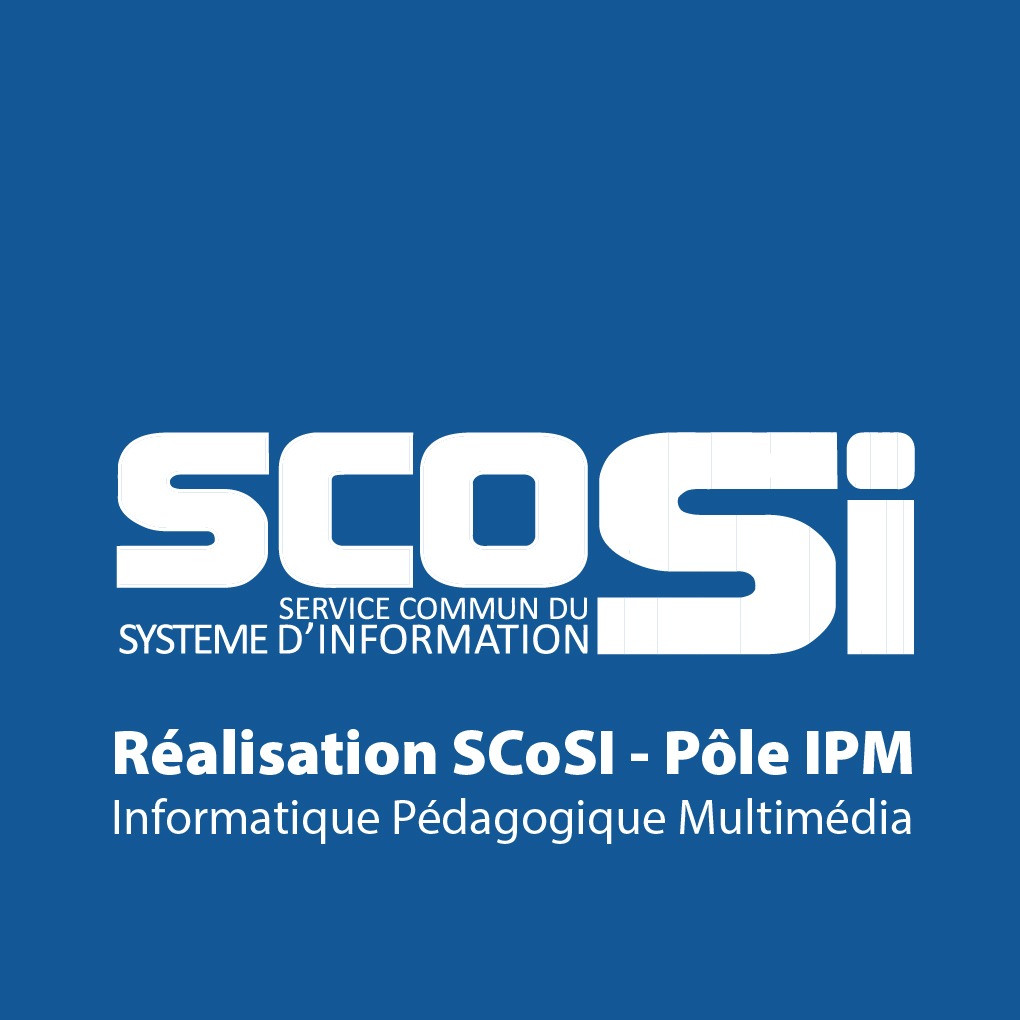May 2018, « Knowledge: the backbone of innovation processes » by Blandine Laperche and Sophie Mignon
The question of the engines of innovation is not new. When technical progress emerged from the black box in which neoclassical economists had locked it up, the origins of innovation became an issue in contemporary analysis in economics and management science. On the macroeconomic level, endogenous growth scholars have considered innovation as a phenomenon originating in the economic sphere and driven by private and public sector investments. Industrial economists have supplemented the analytical tools with a more institutional approach, based on the identification of the main actors involved in the innovation process and their relationships that form a glue of the isolated elements of the system. Through a set of rules and laws that provide incentives and constraints for private action, states are called upon to build a legal framework of accumulation conducive to the production of knowledge and to innovation.
The managerial theories as well as the micro-economic approaches also place innovation at the forefront of their scientific agenda. In particular, they study the dynamic capabilities of actors and, within them, the absorptive capacities that clearly open the company to its environment. The capture of information, the transformation of information into knowledge by learning mechanisms, the creation of organizational routines, the management and construction of proximity (geographical, relational, cognitive …) between partners involved in innovation processes are key factors of creativity and invention at the business level and crucial steps towards the diffusion of innovation to consumers. Not only the intrinsic quality of the project, but also the personal traits of the entrepreneur (his charisma, his leadership …), as well as his managerial skills are essential to face the risks of the innovation process.
These factors are critical to the success of collaborative innovation, now implemented in all businesses, large and small. It is now accepted that firms no longer manage their innovations alone. These are based on the contribution of several actors: customers, suppliers, competitors, universities, research centers. But open innovation is not easy to implement and especially the sharing and co-construction of knowledge depend on many more elements than the mere signing of a contract! The questions studied by researchers in economics and innovation management are as follows: What types of knowledge (codified or tacit) can be transferred? How to transfer the tacit or rooted knowledge needed for creativity? What is the role of relay/hub actors between two organizations? How do these knowledge exchanges contribute to innovation processes? At what stage are these exchanges the most intense? How to reconcile the exploration and exploitation processes?
By their respective contributions, the articles in these issues of Innovations (Innovation and Cognition I-REMI n ° 55, 2018/1 and Multi-Scale Innovation I-JIEM n ° 25, 2018/1) feed the reflection on the engines and the inter-organizational / individual dynamics between actors (users, suppliers, competitors) engaged in an innovation process.



